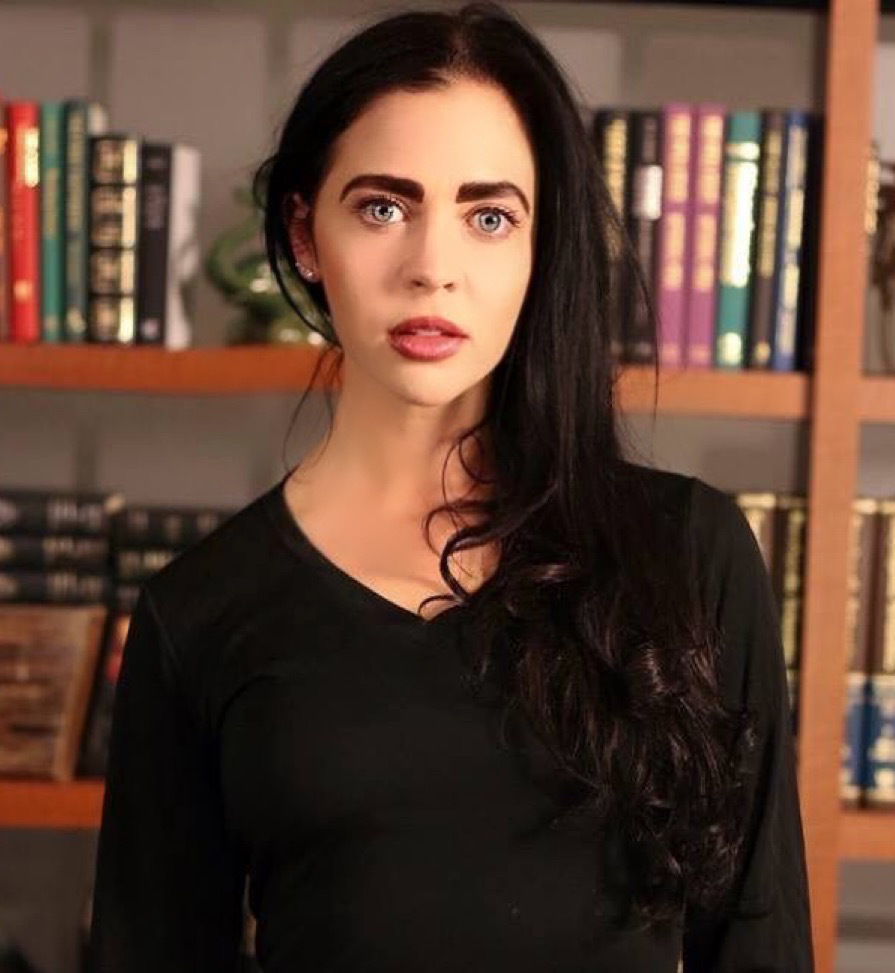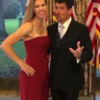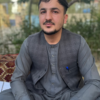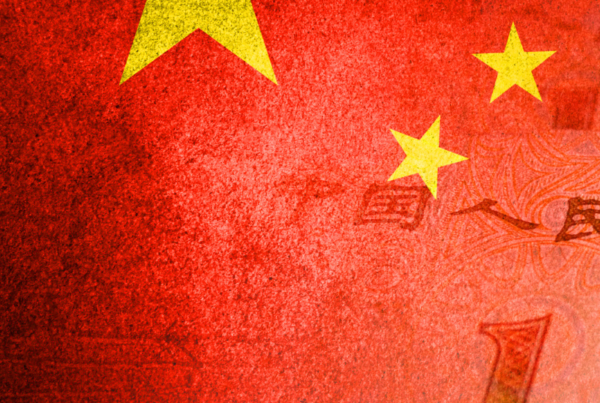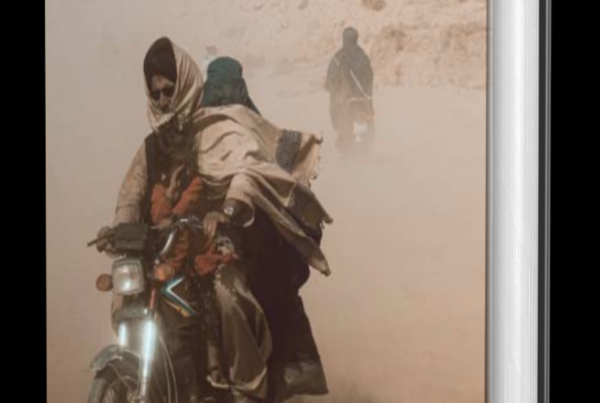KETCHUM, Idaho – One winter afternoon, I find myself in the sleepy resort town of Ketchum, Idaho. I find myself staring out at the protective ring of snow-white mountains cast against tall spruce pines and a deep blue sky, staring from the spacious blush-walled living room where Ernest Hemingway wrote in his twilight, where he took his own life on July 2, 1961.
Like the fabled American writer himself, the Hemingway House is a mosaic of contradictions. Built in 1955 by tin-firm heir, Yankees’ owner, and socialite Bob Topping, it emulates the rugged sophistication style of nearby Sun Valley Lodge.
It is an expansive fourteen-acre property on a hill but constructed with multiple stoves and a large dining table, built for laughter and entertainment. The light bronzed wooden-like exterior – concrete poured and stained – a tinge of luminosity in the winter, and blades of sunshine streaming through the abundant windows, almost poetic in their stillness, into a room that still carries the heaviness of Hemingway’s final breath.
Despite the passage of sixty-two years, the relics of Hemingway’s illustrious life appear just how he would have left them – boots and suitcases by the bed, hand-painted goblets, and bottles of red wine, hunting paraphernalia fixed to the walls, LIFE magazines and black-and-white photographs merely discolored by time.
The location of the Idaho property is steeped in mystery. The address is not publicly listed, and unlike other American greats of history, it isn’t a shrine or museum. I am determined to find out why. But even more importantly, I am trying to understand the magnitude of this man’s legacy, his impact on the American consciousness, and why his works linger in literary circles like ghosts on a bar impossibly high to reach. From a technical standpoint, Hemingway birthed revolutionary writing styles, both fiction and non-fiction. Yet his core thematic tenants have gripped us and never let go – tenants of love, loss, backcountry, unmapped worlds, unborn languages, and perhaps most poignantly, war.
There is no more influential 20th-century war correspondent than Hemingway, who wrote articles from his boots on the ground and used the bloodshed as the bones for many of his most lauded books.
In the dying days of 1917, after being denied by the U.S. Army for poor eyesight, the Illinois native joined the Red Cross as an ambulance driver in Italy during the First World War. In the summer of 1918, Hemingway was gravely wounded by mortar fire after delivering cigarettes and chocolate to the men at the front. Despite severe shrapnel wounds to both legs, he first aided Italian soldiers to safety, later earning the Italian War Merit Cross at just age eighteen.
“When you go to war as a boy, you have a great illusion of immortality. Other people get killed, not you. Then when you are badly wounded the first time, you lose that illusion, and you know it can happen to you,” Hemingway wrote years later in Men At War. “After being severely wounded two weeks before my nineteenth birthday, I had a bad time until I figured out that nothing could happen to me that had not happened to all men before me. Whatever I had to do, men had always done. If they had done it, then I could do it too, and the best thing was not to worry about it.”

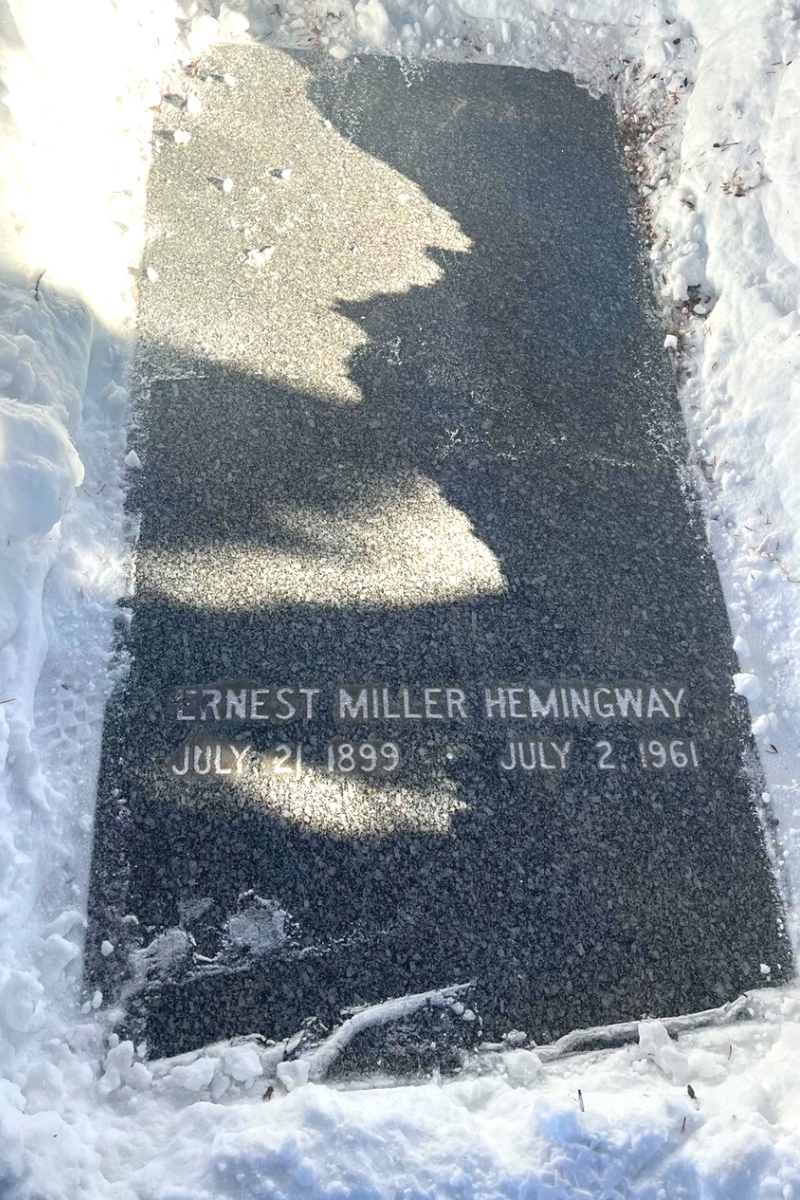
Undeterred, he went on to chronicle conflicts and crises from Macedonia to Madrid to Cuba, returning to Europe to plunge into the continent’s wrestle with rising fascism and the outbreak of World War Two. In 1947, Hemingway was awarded the Bronze Star for his gallantry in slicing through combat lines to bring vivid prose of war to the American reader, and in 1954 he earned the Nobel Prize in Literature.
Through these triumphant and turbulent decades, he experienced several more serious concussions, injuries, and scrape with death moments. He also discovered the quirky essence of the Mountain West, falling for the timbered hills and translucent waterways of Ketchum, a place that does not dominate the history books the way his time in Cuba and Florida’s Key West do, but just as important – if not more so – in grasping the man who routinely ran into the middle of the madness.
In the late 1930s, Averell Harriman – politician, businessman and public relations guru – invited a slew of Hollywood stars, including Lucille Ball and Gary Cooper, with Hemingway the only famed literary figure, to visit his sparkling new Sun Valley Lodge in Ketchum in the hopes of permeating its market appeal. At first, he didn’t take up the invitation. It was not until 1939 when his second marriage was crumbling, and he needed a complimentary place to stay, that he drove up from Wyoming with Marth Gellhorn, a fellow war writer who would become his third wife.
They stayed for months in the fall nestled inside Suite 206 (now 228), rising at first light to work on For Whom the Bell Tolls. An avid hunter, and outdoorsman with a keen eye for the natural world, Hemingway visited often. But it was not until Fidel Castro came to power and the Cuban government was readying itself to expel all foreigners and expropriate their properties that he made Idaho his primary residence, purchasing that house amid the wild frontier from Topping in 1959 for $50,000 – today’s equivalent of half a million.
When not trapezing the wilderness or by a typewriter, Hemingway frequented Ketchum’s boutique bar and restaurant scene – several his favorites still flourishing today. There are the gin martinis at the intimate Sawtooth Club, the American and European gourmet bistro blends of The Ram, the classic French cuisines, and fine wines of Michel’s Christiania, and of course, the cocktails shaken in the time-honored Duchin Lounge, tucked into the sprawling Sun Valley Lodge.
But as much as Hemingway’s often underrepresented Idaho epoch is littered with the serenity of beryl slopes and open plains, it also held the end of his life – a move pursued by something ominous, a dark period stuffed with heavy drinking, a debilitating ability to focus and write the way he used too and deteriorating health.
Despite frequent trips to the Mayo Clinic under the guise of “having high blood pressure,” Hemingway’s struggles with mental health were kept quiet, wrapped in steep social stigma, inflaming his proclivity to self-medicate. Two days before Independence Day in 1961, he took his own life with an Abercrombie & Fitch-purchased, double-barreled shotgun in that sun-filled living room. He was 61.
For decades, Hemingway’s afflictions have been a source of great mystery and debate.
According to the chief of psychiatry at the High Point Division of the University of North Carolina, Dr. Andrew Farah, who published the extensive Hemingway’s Brain in 2017, the renowned writer was treated for manic depression, which was the wrong diagnosis, and the associated electroconvulsive therapy only made his cognition worse.
“This book comes from the remises of my memory and of my heart; one doesn’t exist, the other’s been tampered with,” he wrote in his final professional work, A Moveable Feast.
In addition to intense recreational boxing and playing football without protective gear as a teen, followed by a five-gallon Austrian mortar exploding three feet from him in Italy, Hemingway survived two crushing plane crashes in Africa, numerous shark-hunting calamities, countless car and motorcycle accidents, and decades of bomb blasts, totaling more than half a dozen severe concussions.
Throughout his small but significant Idaho era, Hemingway was gripped with worries about finance and personal safety, distressed over manuscripts left in a Cuban bank vault and increasingly paranoid that the FBI was tracking his every move. (The FBI did open a file on Hemingway during World War II, and J. Edgar Hoover reportedly did send an agent to monitor him in Havana in the 1950s and were aware of his medical treatments later in life). Medical professionals considered Hemingway to be a maniac depressive, now termed bipolar.
Farah argues that electroshock therapy worsened what he believes to have been a condition known today as chronic traumatic encephalopathy (CTE). The development of CTE is often linked to long-term head injuries and concussions sustained by boxers and football players.
Sufferers of CTE typically display delusional and suicidal tendencies, likely complicated by alcoholism and untreated diabetes.
“CTE is a progressive neurodegenerative disease that shares characteristics with Alzheimer’s. The major differences between those two diseases are how they begin, the location of the initial brain lesions, and pattern of progression, and the clinical symptoms that result,” Chris Nowinski, co-founder, and CEO of the Concussion Legacy Foundation, told me several years ago when I was investigating the condition as it relates to athletes. “CTE is very rare in the overall population, but it is prevalent in populations with significant exposure to brain trauma.”
I also visited the Boston University School of Medicine, which has championed CTE studies for over a decade. Michael Alosco, Assistant Professor of Neurology, explained that “cells start to die, and the brain starts to shrink, causing memory problems and trouble living your daily life, and problems with behavior, specifically outbursts of violence.”
Farah told The Psychiatric Times in 2017 that in his many letters and writings, Hemingway had no trouble describing the symptoms – from irritability and persistent headaches to double vision and sensory changes.
“My argument is that the cumulative effect resulted in the progression to CTE, accelerated by alcoholism, and possibly by a vascular component, as we have an individual who was generally overweight after 1940. In addition, those who study his work can see that the posthumously published later novels don’t demonstrate the skills that the masterpieces do,” Farah notes. “We have all heard that Hemingway was bipolar but never had a true manic episode. Certainly, he was prone to depression when he felt he could not work because of injuries in his early life and mental difficulties later in life. But again, true manic symptoms were simply not there.”
Could Hemingway have been saved by the medical mastery of today? We will never know.
However, what we do know is that Hemingway has now been gone longer than he was alive, and the depth and impact of his writings continue to breathe in the minds of those of us who care for writing, for conflicts in seemingly faraway lands, and for the understanding of the nuances of victory and hardship.
While Hemingway died in 1961, his fourth and last wife, Mary Welsh Hemingway, lived on for another quarter of a century, passing away in 1986. She endowed the fourteen acres by the Big Wood River to The Nature Conservancy (TNC), specifying in her will that she wanted the home used as a nature reference library without further instruction. Despite the vagueness of her wishes, the Conservancy has done its best to honor her wishes in keeping the residence – on a private road – tranquil terrain where small school groups and artists and writers come by, rather than falling into a tourist trap.
In 2017, the Ketchum Community Library joined forces with TNC as custodians to establish The Hemingway Legacy Initiative with a grant from the National Endowment for the Humanities (NEH). The Initiative is focused on archiving and preserving the home, which is listed on the National Register of Historic Places, in addition to curating educational and cultural programs that showcase Hemingway’s lasting endearment of the American West.
I walk through the frozen paths of Sun Valley, reflecting on the works Hemingway polished off in this tiny town – For Whom The Bell Tolls, Islands in the Stream, The Garden of Eden, and A Moveable Feast. Like many of the dualities of life Hemingway unveiled in his works, his footprint is multi-faceted – and that comes with a potent slew of modern-day condemnations, mostly centered on his manifestation of a “man’s man.”
Still, the profundity of what Hemingway left behind endures in the pearly plains of this small little American ski town. Hemingway is laid to rest in the Ketchum Cemetery, a place I have visited on several occasions. Like the muffled final years of Hemingway’s life, his grave is always a quiet place, challenging to find, and locals generally aren’t sure which direction to point me to locate the right one.
When I do find it, it is covered in snow, and we spend a long time in the frozen sunshine shoveling away to reveal the slab of stone, encircled by forbearing spruces.
ERNEST MILLER HEMINGWAY July 21, 1899 – July 2, 1961.
We toss pennies and leave whisky, mementos to the man’s hard-charging life, rife with reckless and intentional abandon. There are no words, no poetic phrases etched into the fading stone. But just south of Sun Valley, in the middle of Mother Nature’s unscathed field, is a memorial marked with a eulogy he penned for a dear friend decades earlier:
Best of all he loved the fall
the leaves yellow on cottonwoods
leaves floating on trout streams
and above the hills
the high blue windless skies
…Now he will be a part of them forever.
